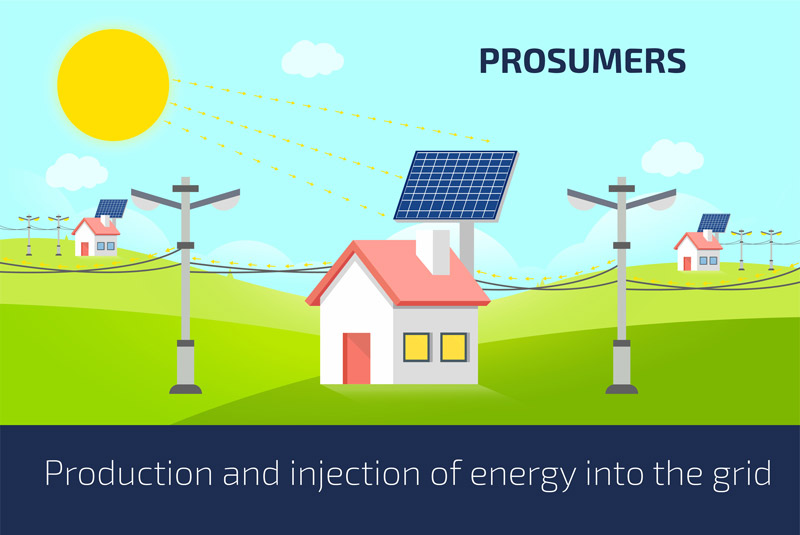The roles of energy market participants have changed due to the growing number of customers that both produce and consume energy. The rise of prosumers is continuing to disrupt traditional operating models and lead the utility industry into the future.
Every time an energy consumer installs their first energy-generation system, there is one more prosumer on the network; these customers are capable of partially covering their own consumption and using the power distribution network as a conduit to share excess power with other connected customers. To keep track of prosumers and the new ways in which they interact with the grid, it is critical to accurately calculate the difference between production and consumption in real-time and use this information to inform billing processes.

According to the Solar Energy Industries Association (SEIA), only 20-40% of a solar energy system’s output ever goes into the grid and solar customers usually consume more energy than they export each billing cycle1.
Utilities rely on two different billing models to compensate prosumers’ production and bill their net energy usage.
| Net Billing | Net Metering |
|
|
|
|
|
|
| For both Net Billing and Net Metering, utilities carry out a true-up process at the end of each yearly cycle. This process involves crediting or debiting customer accounts to correct for any energy which was not accounted for by monthly billing and after it is completed, all outstanding debt between utility and customer will be cleared. | |
Choosing the right model depends on the regulations and specific needs of each utility. In the US, 43 states and D.C. have already implemented net metering policies; however, these policies vary significantly by state2.
Of the 116.9 million residential buildings in the U.S., there are 67.2 million buildings (57% of the total) suitable for solar PV.
Forbes3
Prosumers are no longer on the horizon, they have become a powerful force in the modern energy market and many utilities are already working with them to encourage the transition into a more collaborative energy economy.







